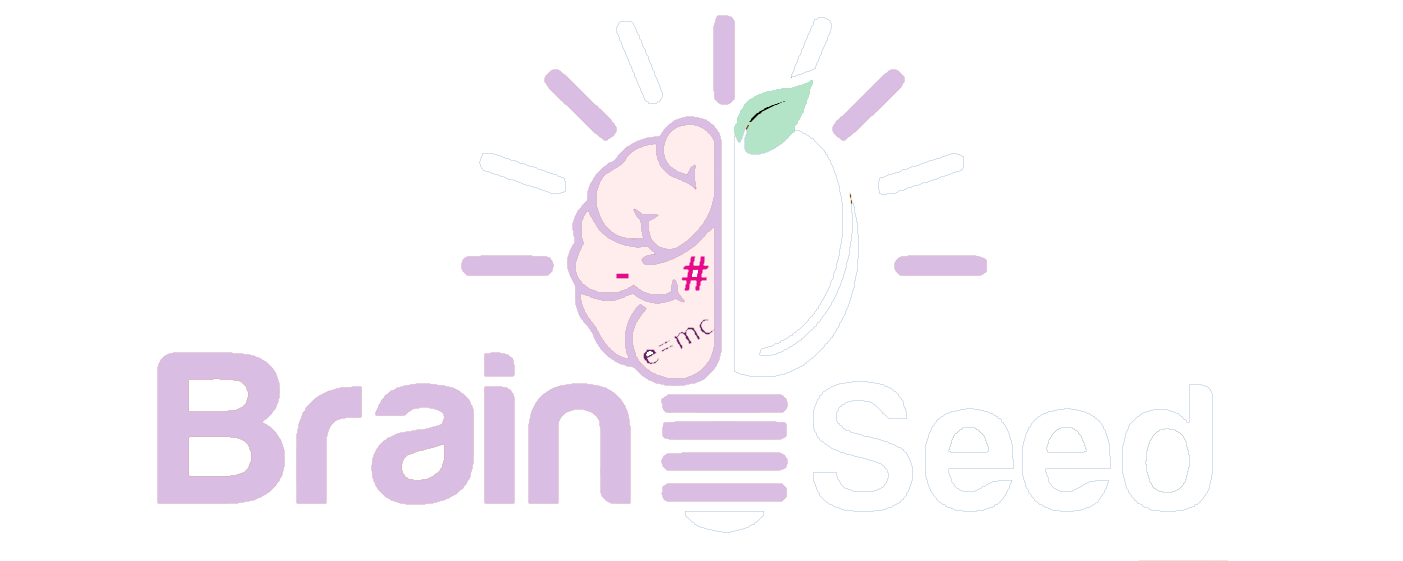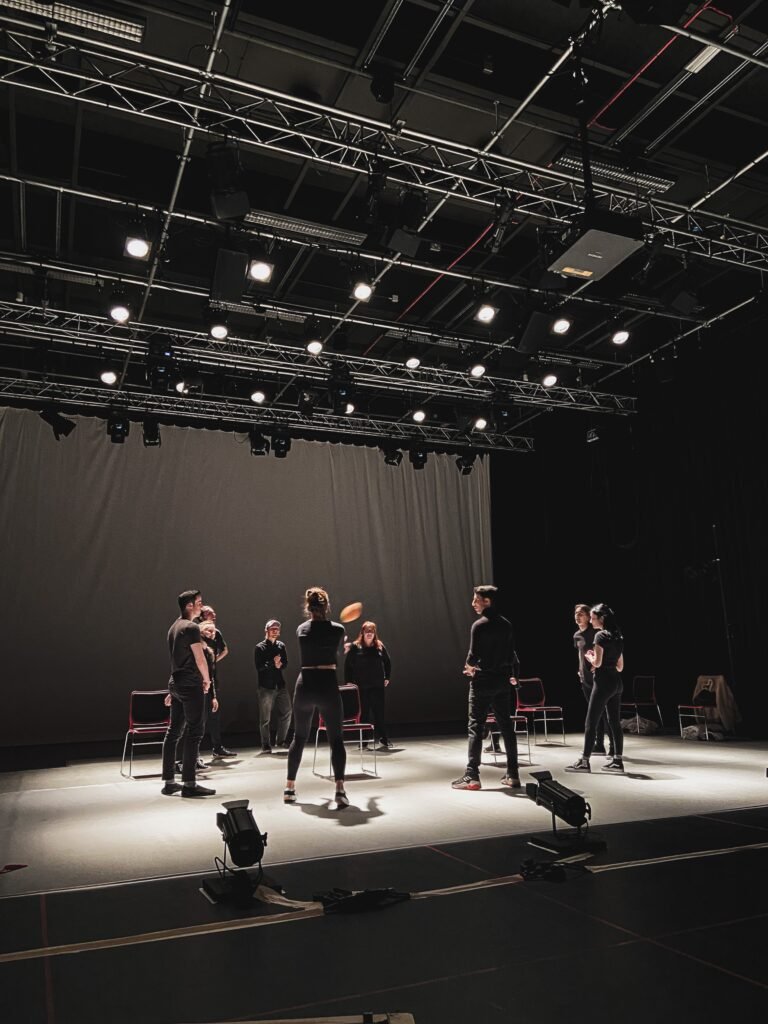What are the best strategies for teaching drama to students with attention deficit hyperactivity disorder?
Attention Deficit Hyperactivity Disorder (ADHD) is a neurodevelopmental disorder that affects a student’s ability to focus, organize and plan. Teaching drama to students with ADHD can be challenging, but with the right strategies, it can be a powerful tool for their cognitive and social development.
Creating a structured schedule
Creating a structured and predictable routine can help students with ADHD feel more comfortable and focused. Start each drama session with a clear agenda and a warm-up activity to get them engaged and focused. Use consistent language and clear instructions throughout the session to help them stay on track.
Hands-on Learning
Students with ADHD often learn best through hands-on experiences. Use drama activities that involve movement, gesture, and role-playing to keep students engaged and active. Break longer scenes or monologues into smaller, more manageable sections to prevent boredom and help them retain information.
Positive Reinforcement
Positive reinforcement is a powerful tool for motivating students with ADHD. Use praise, stickers, or small rewards to recognize their progress and hard work. Celebrate their successes, no matter how small, to build their confidence and self-esteem.
Peer Support
Collaborative activities that involve group work can be effective for students with ADHD. Encourage them to work in pairs or small groups to practice communication and social skills. Pairing them with a more focused student can also help them stay engaged and focused.
Sensory Integration
Many students with ADHD have sensory processing difficulties, meaning they may be under or over-stimulated by their environment. Use sensory-based activities such as improvisation, vocal exercises, or physical movement to help them regulate their sensory input and improve focus.
Mindfulness
Integrating mindfulness activities can help students with ADHD develop awareness and self-regulation skills. Use breathing exercises, guided imagery, or slow muscle relaxation to help them calm their minds and bodies before beginning drama activities.
In conclusion, teaching drama to students with ADHD requires patience, creativity, and a flexible approach. By providing structure, hands-on learning opportunities, positive reinforcement, peer support, sensory integration, and mindfulness exercises, you can help students with ADHD unlock their creative potential and develop important foundational skills. With these strategies in place, drama can be a powerful tool for academic and social growth for all students, including those with ADHD.
Are you looking for a fresh and exciting way to engage your school’s drama program or your child’s creativity? Try YouTube drama! It’s a fun and modern way for students to create and perform in their own videos. YouTube drama is flexible, convenient, and can even reach a wider audience. Plus, it teaches valuable skills like video production, editing, and storytelling. Click here to learn more about how YouTube drama can benefit your school’s drama program.







